
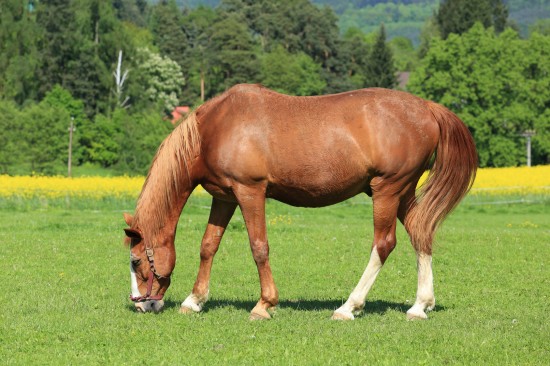
Sweet itch is an irritating and sometimes painful condition that a significant proportion of horses, ponies and donkeys will fall prey to during the hotter months of the year. Theoretically any breed or type of equine can fall prey to sweet itch, although it tends to be more prevalent in cob types than in Arabs, thoroughbreds and other warm-blooded non-native breeds. It is an allergic condition, and can cause extreme irritation and itchiness, and distress due to scratching and rubbing the affected areas of skin. Left unchecked, secondary infections can occur, due to sores and grazes that are raised by scratching to distraction.
Sweet itch is an allergic condition that comes about when the horse (or pony or donkey) in question is allergic to the saliva of the Culicoides midge. These midges occur naturally in many countries of the world, including the UK, and most horses are unaffected by the bite and will not present with an allergic reaction. Several potentially allergenic compounds are found in the saliva of the midge, and it is not known precisely which compound causes the reaction, or if it might vary from case to case.
Sweet itch is generally only seen when midges are out in significant numbers, such as in the spring and summer and sometimes, into the autumn. Winter attacks of sweet itch are relatively rare. The most common location for the allergic reaction to present itself is along the crest of the mane and the top of the tail, with secondary patches along the spine and around the head and ears, although sweet itch can ultimately present itself on any area of the body.
The bites of the midges themselves will be invisible, but sweet itch can be identified by the development of skin lesions in the affected areas, which are caused by the extreme itchiness caused by the bites leading to the horse scratching itself until they break the skin. Be on the lookout for bald patches or broken hairs, and grazed, broken skin or weeping sores.
It is almost impossible to reverse an allergic reaction once a horse has been bitten, and so the best course of action to follow in horses that are prone to sweet itch is to prevent or minimise the chances of the midges biting in the first place.
Once sweet itch has begun to manifest itself in a sensitive horse or pony, treating an attack can prove difficult, and no cure is available. Trying to avoid worsening the problem with further attacks by means of the preventative methods outlined above is recommended. Treatment options for an attack include:
 Humans And Their Likeness To All Other Species In The Animal Kingdom
Humans And Their Likeness To All Other Species In The Animal Kingdom
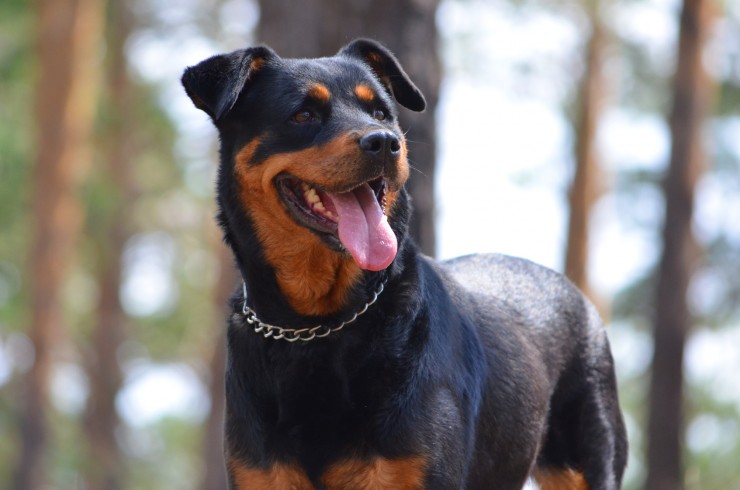 Third Party Liability Insurance For Dogs-avoiding The Loopholes
Third Party Liability Insurance For Dogs-avoiding The Loopholes
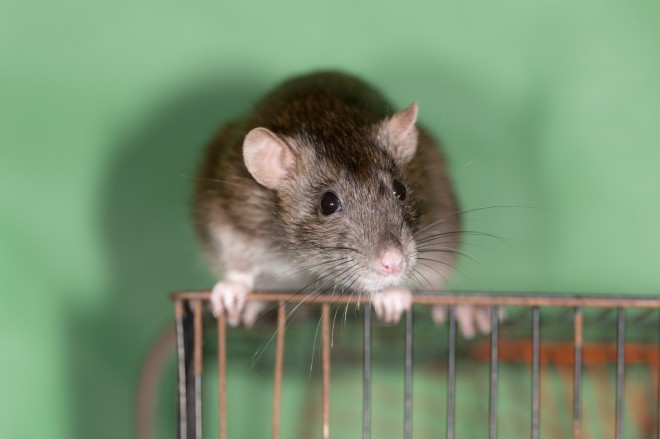 Creating A Basic First Aid Kit For Rats And Other Small Caged Pets
Creating A Basic First Aid Kit For Rats And Other Small Caged Pets
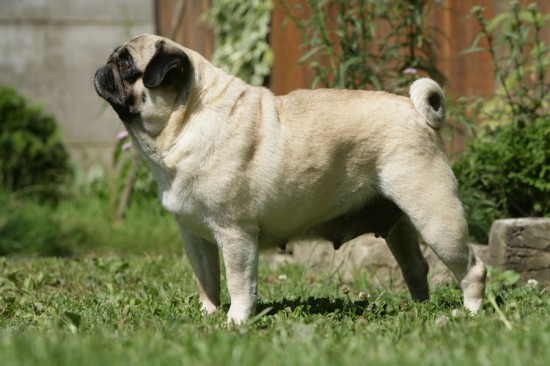 Pug Dog Health Problems
Pug Dog Health Problems
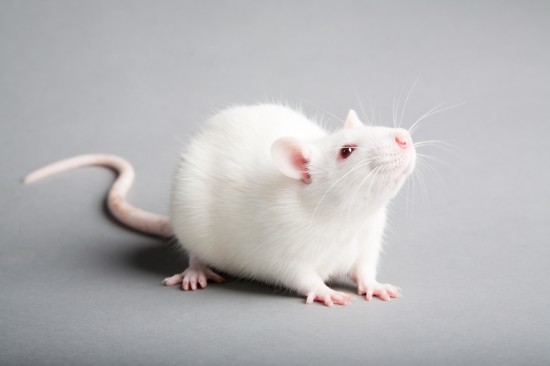 Are Rats Happy When Kept On Their Own?
Are Rats Happy When Kept On Their Own?
 How To Cope With Two Chronic Illnesses Seen In Dogs - Cancer & Heart Disease
How To Cope With Two Chronic Illnesses Seen In Dogs - Cancer & Heart Disease
 Frequently Asked Questions About Dog Agility
Frequently Asked
Frequently Asked Questions About Dog Agility
Frequently Asked
 Fatty Cysts Or Sebaceous Cysts In Dogs
Fatty Cysts Or Se
Fatty Cysts Or Sebaceous Cysts In Dogs
Fatty Cysts Or Se
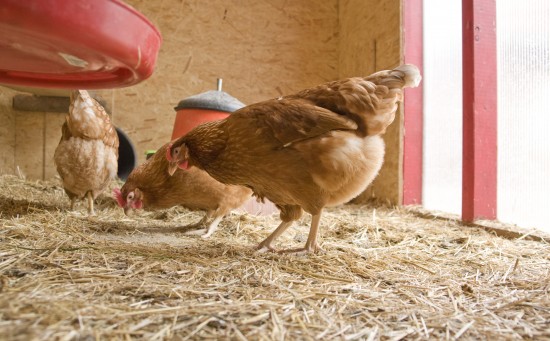 How To Deal With Red Mite Problems In Chickens & Their Housing
How To Deal With
How To Deal With Red Mite Problems In Chickens & Their Housing
How To Deal With
 Review Of Holistic Dog Food - - - - So Whats Really The Best?
Looking for the best holistic dog food? Trying to figure
Review Of Holistic Dog Food - - - - So Whats Really The Best?
Looking for the best holistic dog food? Trying to figure
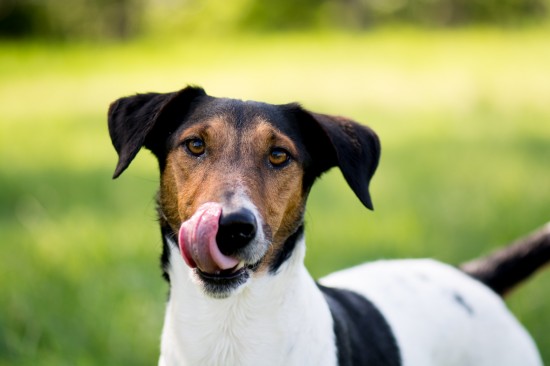 Different Medication Options For Dogs That Suffer From Seizures
Different Medicat
Different Medication Options For Dogs That Suffer From Seizures
Different Medicat
Copyright © 2005-2016 Pet Information All Rights Reserved
Contact us: www162date@outlook.com